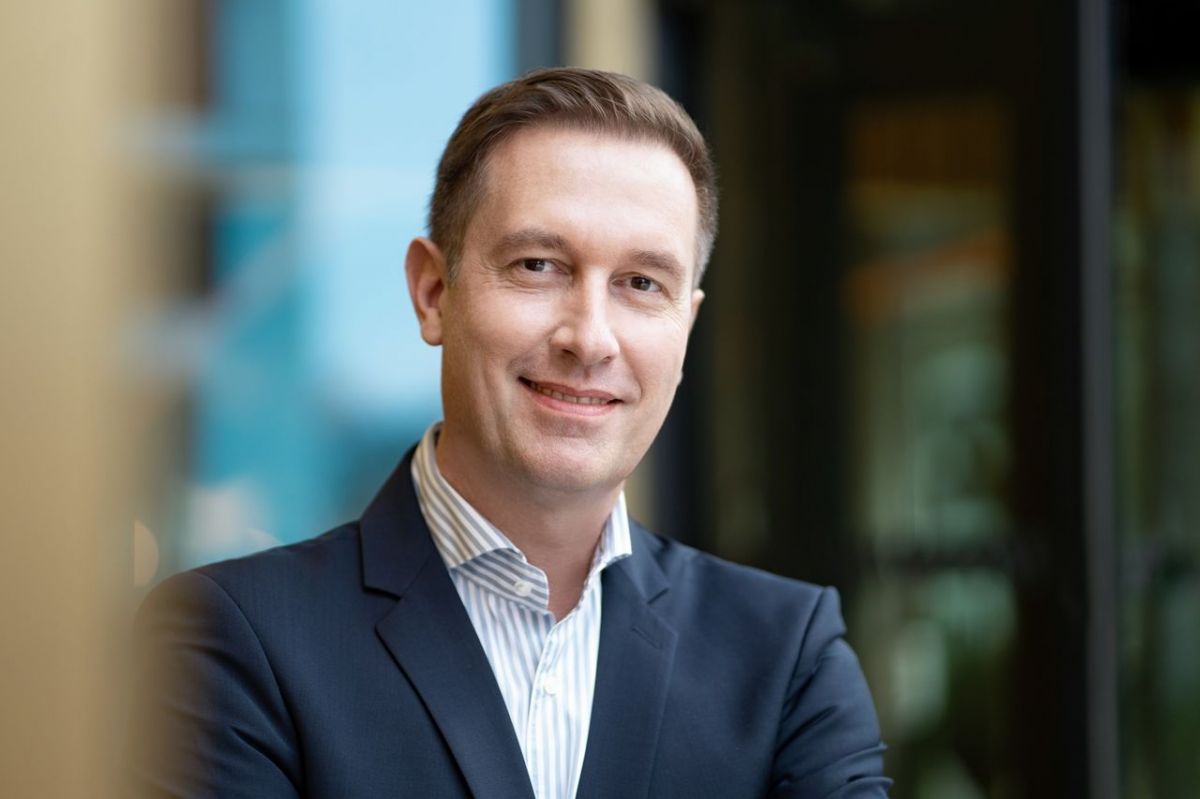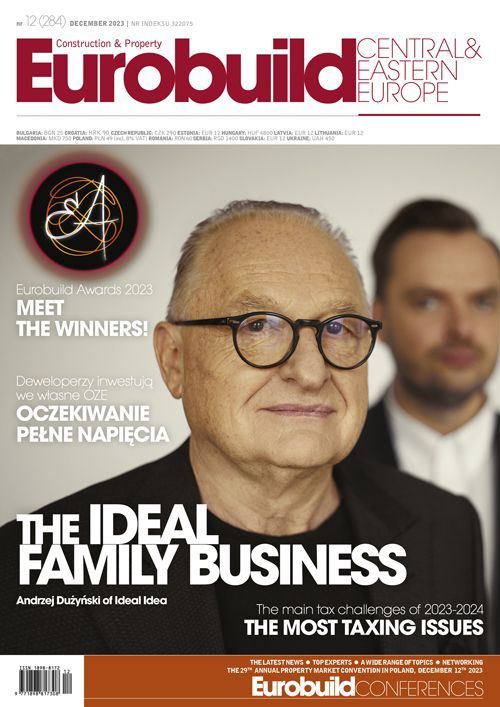What’s your view of the outlook for the real estate sector in the near future?
Søren Rodian Olsen, managing director of Logicenters Poland, Nrep and member of the executive committee in Poland of the Urban Land Institute (ULI): While the market is still very much in a period of change, it’s fair to assume that it will pick up during the second half of next year, but in the meantime there will be limited investor activity. We are seeing several occupiers of commercial buildings putting off decisions to sign new leases. In my opinion, the situation is going to get a little bit worse before it gets better.
Which sectors do you find most attractive at the moment?
The most active right now is the logistics industrial sector. This is an area we are very happy to be able to deploy our capital in, and we will continue to invest in this sector in the markets where we are active, which includes Poland. This is still a sector where you can see healthy activity, although i































































